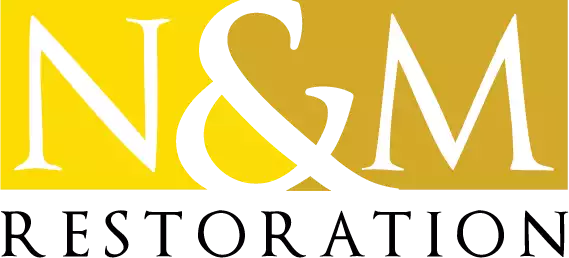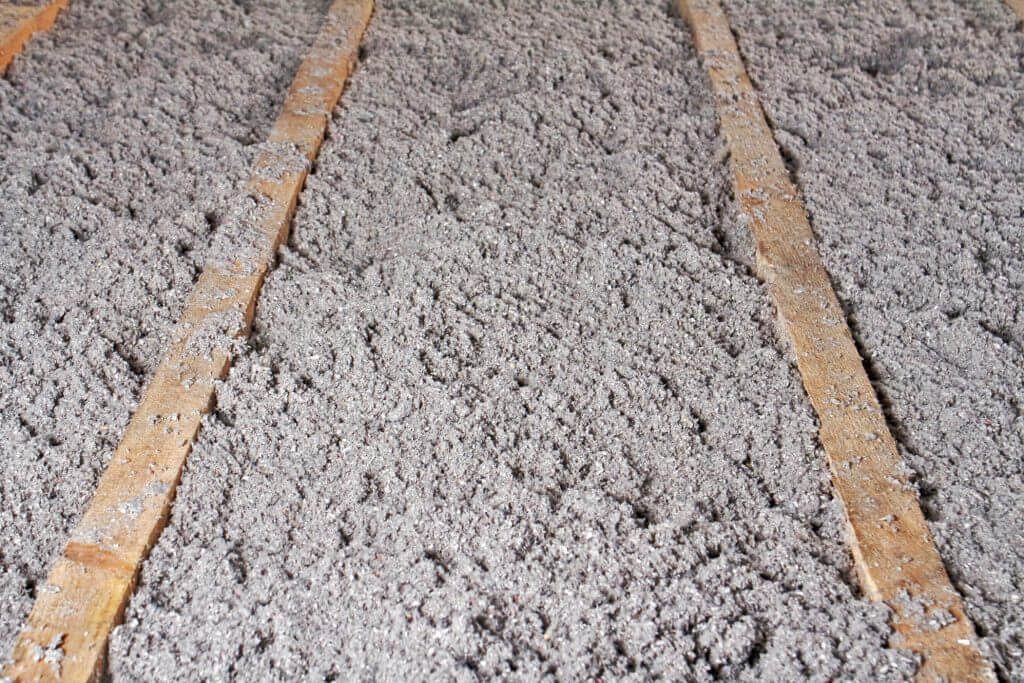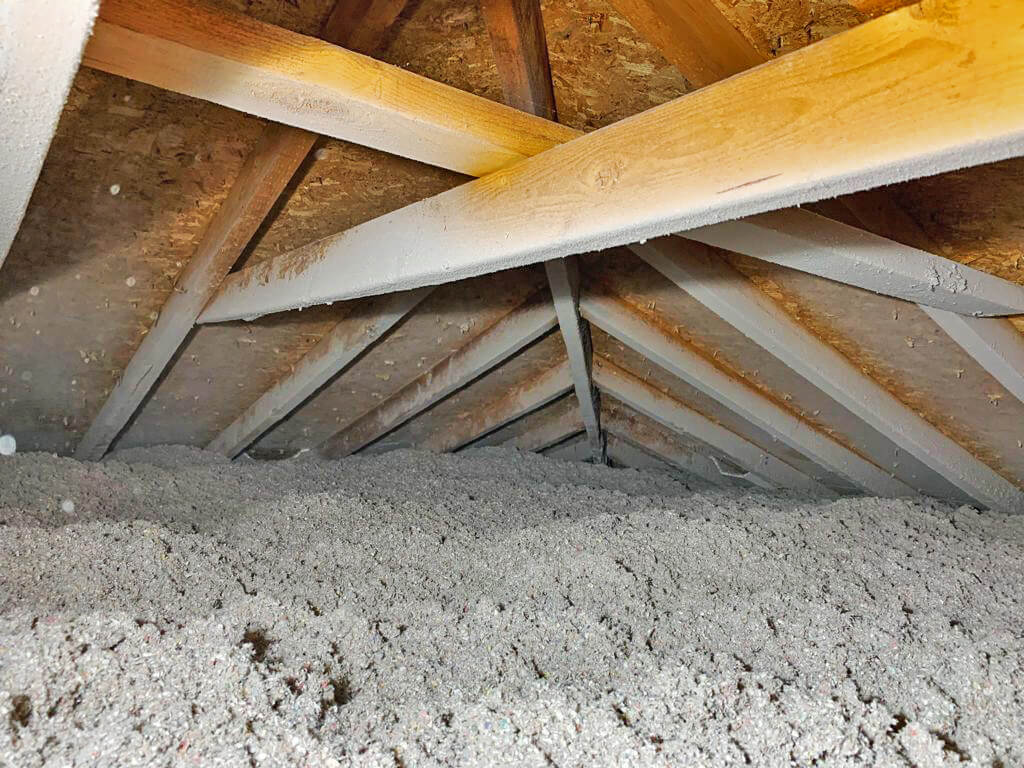FIBERGLASS BATT INSULATION
I figured we would start with the best-known product. When you say insulation most people will picture the pink rolls found at all home improvement stores. Just because it is the most commonly known doesn’t mean it is the best insulation for your attic or any attic for the most part. But if you grabbed a bundle from the store and rolled it out in your attic it takes very little effort. It is easy to use and very common among homeowners. This is the very definition of “wasted energy” because fiberglass batts do not belong in an attic. The batts do have an R-value rating, but since they were not designed to be used in an attic the rating is mostly irrelevant.
CELLULOSE ATTIC INSULATION
Cellulose is recycled paper that is ground up and then they add boric acid to stop the bug and make it fire resistant. Most home improvement stores have cellulose in bags and if you buy enough of them the store will sometimes offer an insulation blower. The application needs to be fairly thick so you won’t get away with just one or two bags to do your entire attic. Installing insulation is a very dusty process, so you will need to have the proper breathing gear if you are going to attempt it yourself. Cellulose generally has an R-value of 3.5 per inch. It stops most of the air movement but it doesn’t actually create an air barrier.
LOOSE-FILL ATTIC INSULATION
This is the type of attic insulation you will find in most new construction. It requires special equipment to blow it in, you cannot just buy bags and install it yourself. Loose-fill has an R-value of 2.5 per inch. In 1991 Oak Ridge Labs said, “loose-fill fiberglass attic insulation lost a lot of its insulation value once temperatures dropped below 20 degrees, making loose-fill fiberglass an inferior product when compared to cellulose”. Recently Andre Omer Desjarlais, from Oak Ridge Laboratories told Reuben Saltzman, Family Handyman, “This was true 20 years ago but all fiberglass manufacturers have changed their products appreciably since then and this is simply no longer an issue.”. This type of insulation still experiences convection, but not nearly as much as old fiberglass did.
SPRAY FOAM ATTIC INSULATION
As far as performance, spray foam is the best you can get. Its R-value is between 6.5 – 3.6 per inch, depending on the type of foam you choose. Spray foam comes in two different options, closed-cell, and open-cell. The insulation creates an air barrier due to it’s magnificent design to seal up every little space in your attic. With as little as 2” of thickness, the closed cell will also serve as a moisture barrier. Closed-cell has a higher R-value. Due to the need for specialized equipment and the technology found in the product itself, it holds the highest installation cost. In fairness, the superior performance will cause your energy bills to go down so it pays for itself quicker than the other options. This is not a do-it-yourself product.
Here at N&M we have experience working with every one of these types of attic insulation. Our experts are capable of examining your attic and identifying any issues you might have and giving you a suggestion about which type would work best for your home. Give us a call today, 248.924.9798 to schedule your free estimate.






